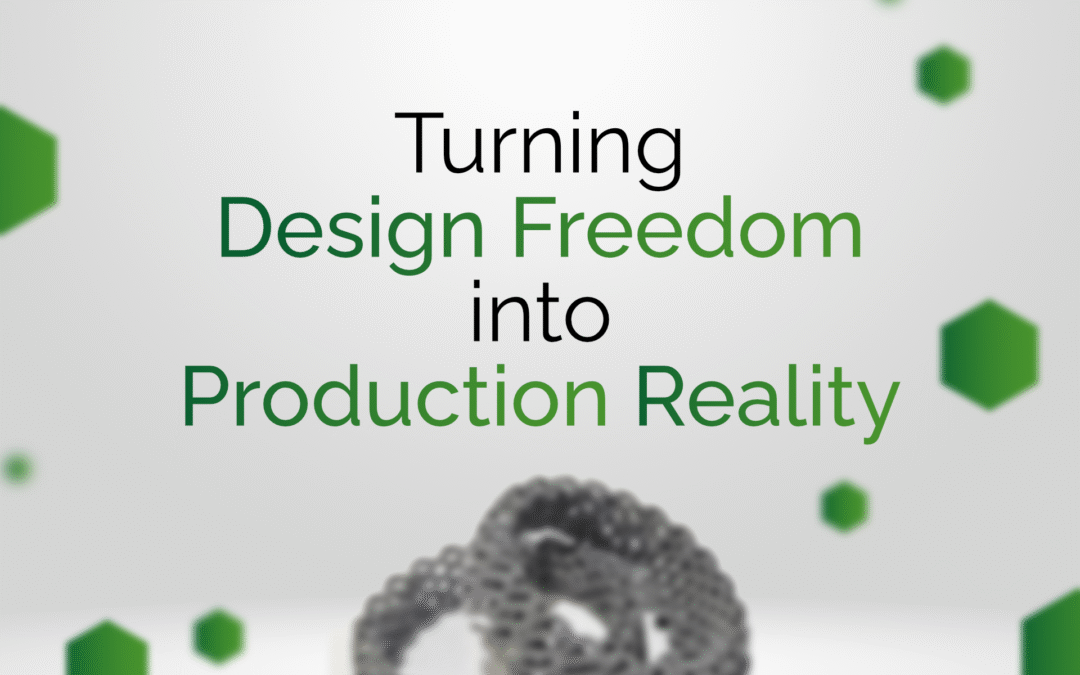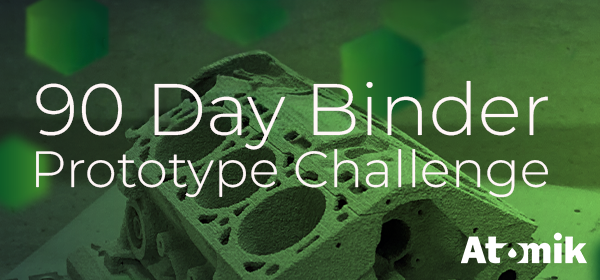Design freedom is often described as one of the great promises of additive manufacturing. The ability to move from a CAD file to a physical part without the constraints of traditional tooling has opened doors across industries. Yet design freedom is also where many processes are tested most severely. Printing complex geometries is not only about producing something that looks intricate, it is about achieving parts that function as intended, hold their shape through every stage and can be scaled for production.
Binder jetting has built a reputation for speed and cost-effectiveness, but its real test comes when it is applied to parts that push the limits of design. Thin walls, sharp overhangs, fine internal channels and detailed surface features all expose the strengths and weaknesses of the process. To unlock binder jetting’s full potential, we need to understand what happens when these challenging geometries leave the design screen and enter the powder bed.
The True Test Of Design Freedom
Complexity in additive manufacturing is not just visual but also functional. An impeller with fine blades is not only complex in form but must also withstand the stresses of operation without warping. An engine block with internal channels is expected to deliver performance while maintaining tight dimensional accuracy. Achieving this is not straightforward, with every stage of the process introducing its own challenges. Powders must spread evenly to form a stable base, droplets must penetrate and bind with precision, and the green part must be strong enough to survive handling and transfer to the furnace. Sintering then becomes the decisive stage, where the part must densify fully while resisting distortion, ensuring that the geometry and performance defined in the design are preserved.
Each step is a test of both material and process, and only when they work in harmony can the design intent be realised. Every stage carries risk and the more complex the geometry the greater the risk becomes. For binder jetting to deliver on its promise, the process must manage these stresses without sacrificing speed, cost or reliability.
Lessons From the Printathon
We put these questions to the test in our ongoing Printathon series. Each week we have challenged our printers with tensile bars, complex shapes and miniature engine blocks across stainless steel, copper and aluminium. The results show both how far binder jetting has come and where it still needs refinement.
Stainless Steel (316L)
Early builds showed issues with knocking and base stability. Adding rafts improved the base but created removal difficulties, while later parameter adjustments eliminated most defects. By the time we reached engine blocks and fine-featured challenge pieces, stainless steel was producing stable and clean results, a clear marker of progress.
Copper (Pure Cu)
Printed cleanly at first, but more detailed parts such as heatsinks and linkages revealed fragility during de-powdering. Adjustments such as longer drying times, altered saturation and slower powder spreading improved density and strength, highlighting just how sensitive copper is to process control.
Aluminium (AlSi10Mg)
Perhaps the toughest test. Early builds struggled with oversaturation, layer knocking and weak green strength. Breakthroughs came with the use of a heating lamp, which allowed immediate de-powdering and preserved fine features, and with refinements in material flow that enabled the first complex engine blocks. Aluminium remains challenging but is steadily moving forward.
Complex Challenge Parts
From NASA rover replicas to engine blocks and ExOne-supplied test pieces, each geometry revealed something new. Fine text proved difficult to resolve with light powders, while larger structures tested powder packing, consistency and stability at scale. These experiments underline why complexity is the ultimate benchmark for process maturity.
Why Chemistry Matters
The outcome of these tests depends not only on the printer hardware but also on the chemistry inside each droplet. Binder formulations set the rules for how powder particles interact and how strength develops. They also determine whether a part can survive the transition from green to sintered without failure. At the molecular level, droplets do more than hold particles together. They generate nanoparticles in situ, influence microstructure and embed functionality that drives performance.
Second-generation binders build on this by adding green strength enhancers, sintering agents and modifiers that directly shape the final outcome. This chemistry is what allows complex geometries to hold together. It is what makes voxel-level control possible and what ultimately shifts the line between parts that are merely printable and parts that are truly functional.
From Complexity to Scalability
Why focus so much attention on the hardest geometries? Because they are the ultimate test of scalability. If a process can reliably handle the most complex parts, it can handle simpler ones at production volumes. Solving complexity is not a technical curiosity, it is a requirement for moving from prototypes to industrial output.
Design freedom becomes more than a marketing phrase when it is proven in practice. Every impeller that holds its form and every engine block that prints with intact channels is evidence that binder jetting is maturing into a technology ready for production.
Shaping the Future of Binder Jetting
Complex geometries are not just a designer’s dream, they are a proving ground for binder jetting. At Atomik AM we welcome these challenges because they show where the process must improve and where our chemistry-driven approach makes a difference. The Printathon has given us a lens into how materials behave under pressure, how droplets define outcomes and how chemistry at the molecular level expands what is possible.
Design freedom is the benchmark by which we measure progress. Each gain in reliability, each improvement in green strength and each successful complex part brings binder jetting closer to true industrial adoption.
Talk to our team of experts to learn more.


